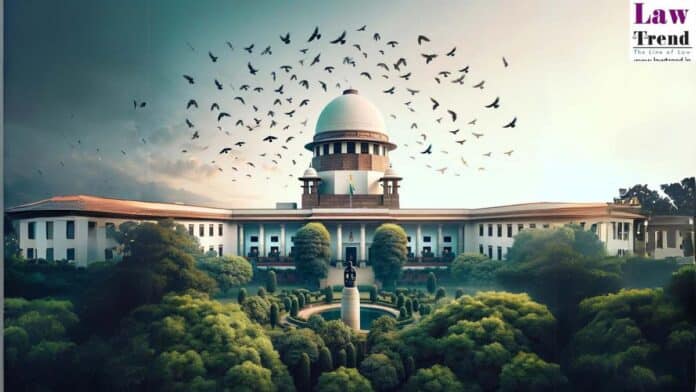In a landmark judgment, the Supreme Court of India has mandated the Defence Colony Resident Welfare Association (RWA) to pay Rs 40 lakh in compensation for the unauthorized use of the historic “Gumti of Shaikh Ali,” a Lodhi-era monument. This order comes after the RWA occupied the monument for over six decades, significantly impacting its structural integrity and historical value.
The bench, comprising Justices Sudhanshu Dhulia and Ahsanuddin Amanullah, has taken a firm stance against the RWA’s prolonged misuse of the monument, highlighting the necessity for its preservation and restoration. The compensation is to be paid to Delhi’s Department of Archaeology, which is responsible for the conservation efforts of such heritage structures.
“The compensation not only addresses the financial aspects of the restoration but also serves as a deterrent against future encroachments of protected monuments,” stated the bench during the hearing. The case, triggered by a petition from Rajiv Suri, a local resident, has shed light on the broader issues of heritage conservation in urban spaces.
Suri’s petition challenged a 2019 Delhi High Court order that declined to declare the monument a protected site under the Ancient Monuments and Archeological Sites and Remains Act of 1958. His plea referenced historical records and a survey conducted in 1920 by British-era archaeologist Maulvi Zafar Hasan, underscoring the monument’s significance.
The Supreme Court had previously directed the Central Bureau of Investigation (CBI) to look into how the RWA came to occupy the monument as its office. Findings revealed that the RWA had made several structural changes, including the addition of a false ceiling, which compromised the integrity of the monument.
In 2004, the Archaeological Survey of India (ASI) initiated the process to declare the tomb a protected monument but faced resistance from the RWA, leading to a prolonged delay and eventual dropping of the plan in 2008.
The court’s directive also included the appointment of Swapna Liddle, former convener of the Delhi chapter of the Indian National Trust for Art and Cultural Heritage, to assess the damage and necessary restoration measures. Liddle’s report played a crucial role in the court’s decision-making process.




